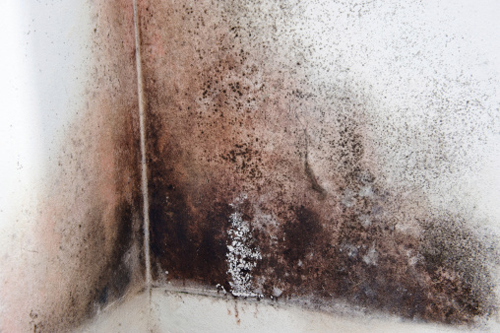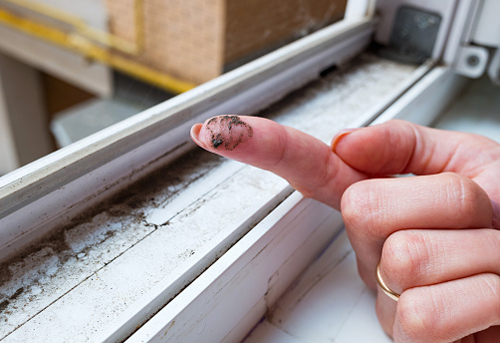Registered providers asked to give assurance on addressing risks relating to damp and mould in tenants’ homes
Housing associations are under the spotlight following the recent ruling that the tragic death of two-year-old Awaab Ishak was caused by black mould in his Rochdale Boroughwide Housing home.
This week, the Regulator of Social Housing (RSH) has written to registered providers of social housing to highlight landlords’ responsibility to take action to protect tenants from hazardous damp and mould.

“The tragic case of Awaab Ishak has rightly focused attention on the responsibility
of all registered providers to ensure that the homes they provide are well maintained and of a decent standard."
There are thought to be some 400,000 properties in the social housing sector with unresolved mould and damp issues.
Amid concerns that many housing associations and social landlords have been ignoring the potentially life threatening issue - housing associations and local authority landlords have now been told to submit evidence to the regulator to demonstrate that they have systems in place to identify and deal with damp and mould issues in their homes, and that they are addressing risks to their tenants’ health.
The Regulator will review this information and, where there is evidence that providers are not meeting regulatory standards, it will take appropriate action.

Fiona MacGregor, Chief Executive of RSH, said: “The tragic case of Awaab Ishak has rightly focused attention on the responsibility of all registered providers to ensure that the homes they provide are well maintained and of a decent standard.
“The case demonstrates the serious effects that having damp and mould in homes can have on people’s health and highlights once again the importance of providers listening to their tenants’ concerns, understanding their diverse needs, removing barriers to accessing services and responding promptly.”
The RSH has written to providers with more than 1,000 homes. Those with fewer than 1,000 homes have been instructed to inform the regulator immediately if they are not taking action to remedy damp and mould issues, or do not have a comprehensive understanding of the extent of potential damp and mould issues in their homes.
- Log in to post comments













